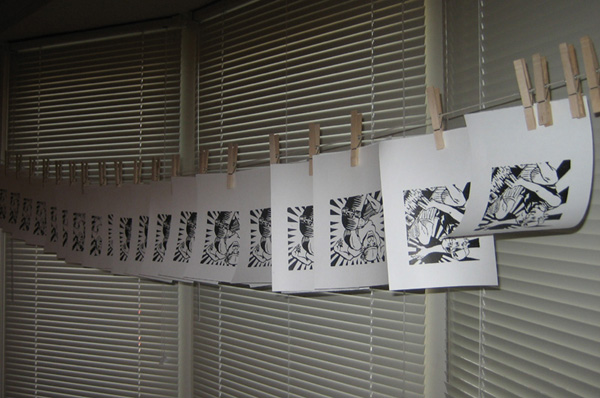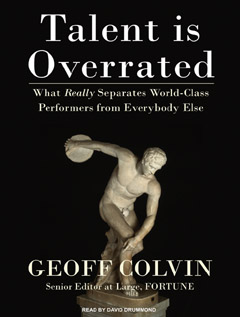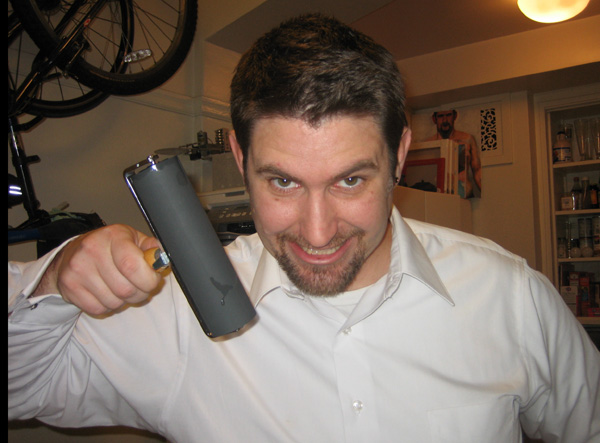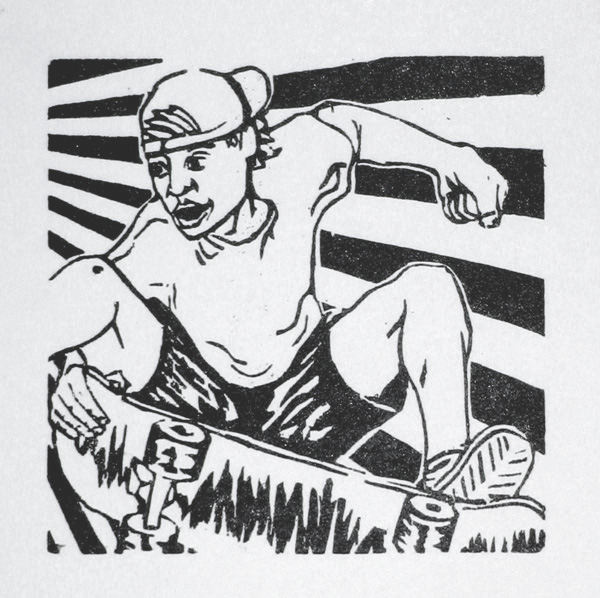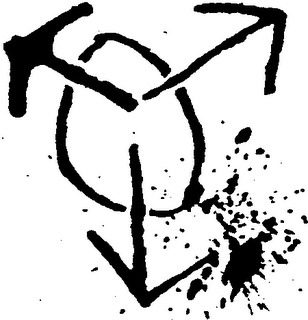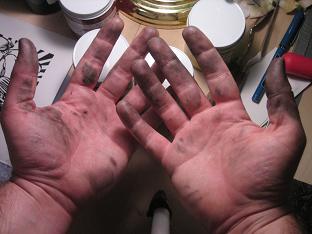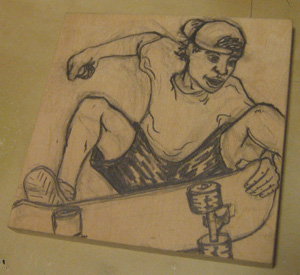[Hey! Before you read this post, ask yourself, “do I want to learn something today, or do I just want to look at some cool art?” If you want to learn before you look at the art, read on. If you just want to jump to some kick ass drawings, click here.]
Confession:
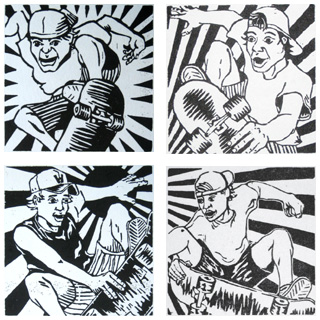
All 4 of the Skater Series of Woodblock Prints
I haven’t been completely honest about these Skater prints I’ve been working on. These haven’t just been a quick, punk rock inspired project.
Don’t get me wrong, they are that, but they are actually about a whole lot more too.
Let me back up. The first of these was about about the punk rock and skate boards. I had been working waaaay too much in the Spice Mines (ie. in the office for my DayJob). I got home after a long weekend at the office, and whipped the first one out, because I just wanted to do something, and something quick was good enough.
I put on some punk rock, and whipped out the first skater woodblock print.
The next night, when I wanted to make another one, I realized I had an opportunity to learn and increase my skills as a woodblock printmaker.
Before I go any further, I need to dig into the concept of deliberate practice.
What is Deliberate Practice?
Deliberate practice is different from regular practice in that it is specifically designed to improve performance of a skill.
This all started when Dave sent me and Walter a link to an article about deliberate practice. I read the article, and started thinking about how to apply this to art.
I already practiced from time to time, most commonly in my sketch book, when I draw tomatos, art tools, whisky bottles, or whatever else in front of me. I focus on seeing the thing in front of me, and making my pencil follow what my eye sees. It is practice, specifically designed to improve my drawing skill.
I decided this skater series of woodblock prints would be my chance to apply deliberate practice to woodblock printmaking. I focused on two things in particular: how the wood effects the image, and the design issues of working in black and white. I’ll expand on these in a bit.
Who wrote the book on Deliberate Practice?
It turns out that someone did write a book about this, and fairly recently too (it’s not even out in softcover yet).

Geoff Colvin’s book, Talent is Overrated discusses specifically how deliberate practice improves performance.
Read this book.
Click the link I provided to Amazon, get the audio book from audible, or just go to your local bookstore and sit down with this book for an hour.
The characteristics of deliberate practice are:
- It is designed specifically to improve performance
- It can be repeated, a lot
- Feedback is continuously available
- It is mentally demanding
- Typically, it is not fun (or everyone would do it)
I’m not going to get into the nitty gritty, because the book does a good job. If you have any interest in being better at what you do, you owe it to yourself to check this book out. If nothing else, sit down at Borders or Barnes & Noble with this book for an hour, and read chapters 5, 6, and 7. Those chapters describe what deliberate practice is, how it works, and how to apply deliberate practice to your life.
Deliberate Practice applied to Woodblock Printmaking
I set out on this skater series specifically to apply these concepts of deliberate practice to my craft of woodblock printmaking. The subject matter didn’t matter much, and the whole punk rock thing actually didn’t matter much. In fact, these elements were included as an attempt to make this practice a little more fun (but you already knew that, if you only read the italics).
The actual focus of these prints was my ability to put an image onto a woodblock. I kept these images simple to accomodate this, and repeated essentially the same image over and over. I wasn’t trying to improve my craft of image creation, I was trying to improve my craft of carving wood, and working with only black and white design elements.
In particular, I focused on:
- How fine of detail I can get out of a woodblock. There is a natural limit to how fine of a line I can carve into the wood, and have the wood hold up structurally (at least with the Shina wood and the carving tools I am using)
- The most precise ways to carve a block. This builds upon the previous point, but I spent a lot of time carving the more detail heavy areas, like the hands and the face, to work on my ability to carve finer details. I also paid attention to the shape of blade I used, how different blades carve differently, and how the amount of pressure and the angle I hold the blade at effect the line I carve.
- How to balance black and white on the image. A black and white woodblock print has a high contrast, and I wanted to work on creating a good balance in the image to get just the right amount of ink to make the image look best. I didn’t want it to look too sparse, or too dark.
From the points of view above, I can find half a dozen things that I did well, and half a dozen things I didn’t do well on each print (I may go through this exercise in the future).
Results of this practice
A lot of the prints in the 101 Woodblock Series were carved in linoleum, which responds differently than wood. The blocks that were carved in wood didn’t have too much detail in them. I needed this exercise to prepare for my next round of prints, which will have far more detail than what I have done previously.
As a result of this practice, I feel more confident about my ability to carve woodblocks. I know a lot more about how the wood behaves, and some more information about balance in an image.
As I prepare for my next upcoming woodblock print, I know what to realistically expect from myself, because I hae a better understanding of my skill. I will include some challenges in my next print, but not so much that I will try to do something that the medium cannot do.
I’m Not the Only One
While I’m not too sure that Jen purposefully approached her “100 heads” project as deliberate practice, it certainly seems to fit into a lot of the requirements.
What am I talking about?
After seeing a post about a bunch of students drawing 100 heads, she decided to do her own. It’s mostly her story to tell, so just click through to Jen Hiebert’s drawings and check them out. These things are seriously cool.
I met Jen through Twitter. What? Not on twitter? You are missing out on the internet’s cocktail party. Go follow Jen on Twitter here. (You can follow me too).
She mentioned this project of hers to me on Twitter, and mentioned that she learned a lot from doing this project. I had been thinking about this deliberate practice thing, so this jumped out at me. I imagine that she learned far mar by doing 100 drawings of heads than she would have if she had done 5 or 10.
Go check out this project of hers, because, well, it is cool. I like when people do cool stuff, then share it with the world.
Click here and go to her site already!
Might Be More
This Deliberate Practice vein is rich. I’m gonna be working with these concepts a bit more to figure out how to best apply them to art. I’ll probably write about it.
Be warned.
